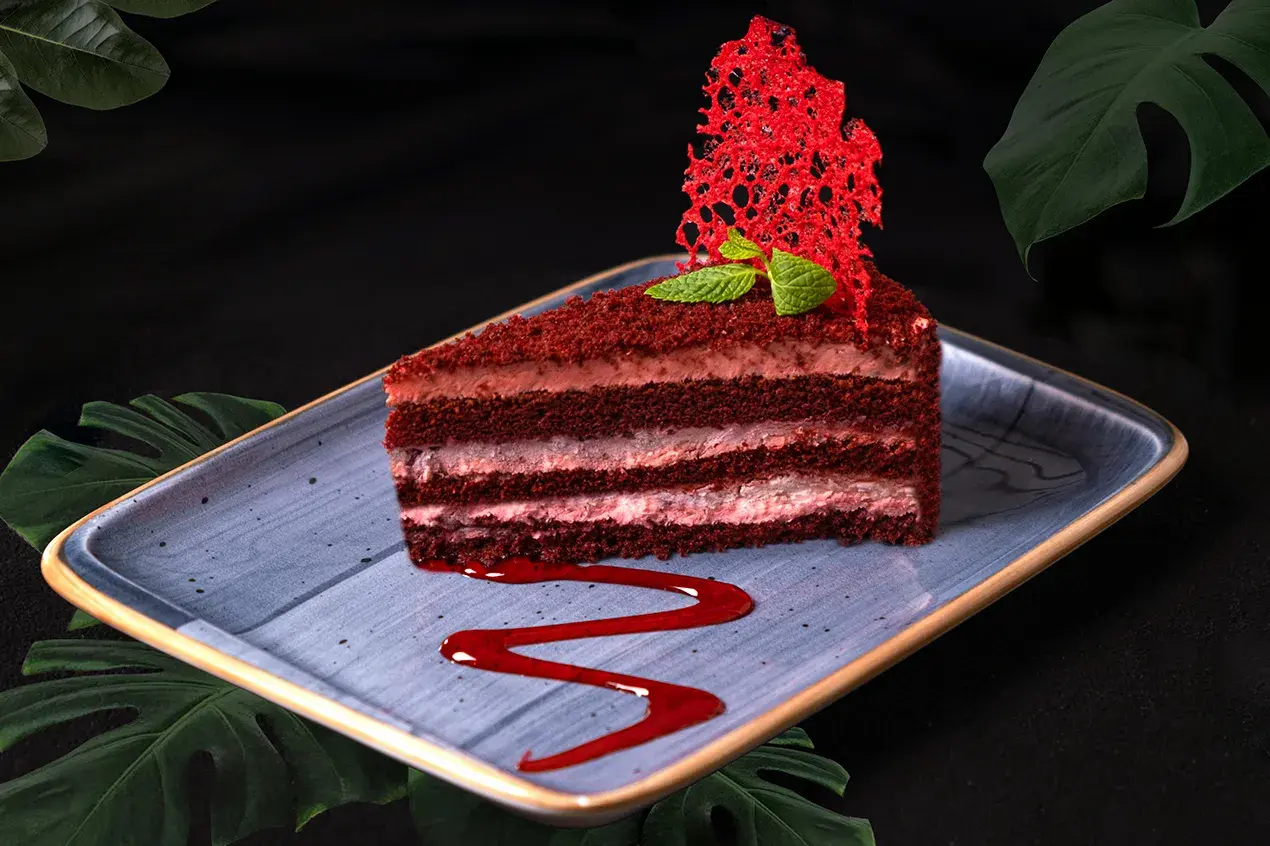Each type of cream possesses qualities that can elevate dishes when used skillfully. Discover how to use creams to improve your culinary game.

Cream, an ingredient in culinary endeavors is derived from the fatty portion of milk that is separated before homogenization. This process combines components of milk, enhancing its texture and flavor. Cream distinguishes itself with its butterfat content and thicker consistency compared to milk. Interestingly, the term "creaming", used in cooking to refer to the combination of butter and sugar is not directly related to cream.
In the United States, cream primarily comes in three types; cream, light cream and half and half. However, globally there are up to 10 categories of cream. The defining feature among these varieties is their milk content. Creams with milk fat content are considered richer and less likely to curdle when added to liquids.
Heavy Cream

Heavy cream surpasses whipping cream in richness with a minimum butterfat content of 36%. Its high-fat content makes it perfect for maintaining shape when whipped. It serves as a topping or filling for desserts. The luxurious texture it adds enhances the indulgence of treats. However, due to its fat content it may have a tendency to form lumps easily than whipping cream. It works perfectly for recipes such as fluffy, buttery baked eggs or creamy ice cream. If you don't have cream, you can use a combination of butter and milk half and half with butter or coconut cream as a dairy alternative.
Mexican Crema
Mexican cuisine relies on crema, which combines the flavors of cream and crème fraîche. It’s often used as a condiment to complement dishes like enchiladas or pozole by providing a creamy, tangy contrast to the heat. If you need a substitute for crema, you can try using cream or a mixture of fraîche with lime juice or water to mimic its texture and taste.
Clotted Cream
In England, clotted cream is famously enjoyed with scones and jam. It has high butterfat content among creams typically ranging from 55% to 65% giving it a whipped butter texture. You can make clotted cream by baking cream until it becomes thicker and more concentrated in fat..
Crème Fraîche
Crème fraîche adds richness to desserts, like cobblers, fruit pies and mashed potatoes while providing a tanginess. It is slightly sweeter than cream, making it versatile for both sweet dishes.
Light Cream
Light cream, also referred to as coffee or table cream, is thicker than half and half and contains the butterfat percentage (18%-30%) among creams in the United States. While it is not suitable for whipping, it is commonly used in coffee or alcoholic beverages. It can be flavored or thickened using extracts or starches.
Double Cream
Produced by employing force, double cream possesses a butterfat content that makes it ideal for whipping and as a thickening agent in sauces or risotto. In the United States, heavy cream serves as a substitute. It is advisable to avoid pasteurized variants when intending to use them for whipping.
Sour Cream

Sour cream, with its taste derived from bacterial cultures serves as a key topping for baked potatoes and remains a classic ingredient in onion dips. Its versatility extends to cooking applications where it provides moisture in cakes and adds creaminess to savory dishes like beef stroganoff.
Irish Cream
Irish cream stands out due to its alcoholic content and comprises whiskey combined with sweeteners and flavors. It is commonly employed in coffee. Can also be incorporated into versions of French toast or used as a topping, for cheesecakes.
Half and Half
A beloved choice for coffee enthusiasts, half and half is a combination of milk and cream. While it can be used as a substitute for cream in recipes it may not yield the same results when it comes to making whipped cream due to its lower fat content.
Single Cream
Known as "pouring cream" in England, single cream contains 20% milk fat. Although it shares similarities with half and half, its butterfat content sets it apart, making it less of a replacement.
Whipping Cream

Slightly lighter than cream, whipping cream boasts a butterfat content ranging from 30% to 35%. It has an airy texture and can typically be used interchangeably with heavy cream in various recipes.
Chantilly Cream
Originating from France in the 1700s, Chantilly cream is a sweetened whipped cream often infused with vanilla flavor. It works wonderfully as frosting or as a topping. To enhance stability, one can incorporate additives such as gelatin.
Bavarian Cream
Combining the elements of mousse and chiffon, Bavarian cream is crafted using whipping cream and vanilla pudding. Often employed as a cake layer or filling for pastries this creamy delight can also serve as an alternative to whipped topping.
Knowing these distinctions can completely change the way you approach making desserts, taking dishes to new heights. Whether, it’s the indulgent and velvety heavy cream or the delicate and adaptable single cream each variety has the potential to shine in your desserts.
Like This Article?
More Like This



Popular Articles





Trending Web Stories
Curated Recipes



















